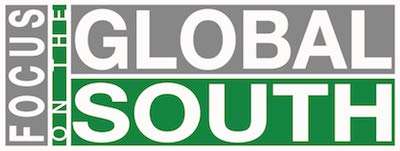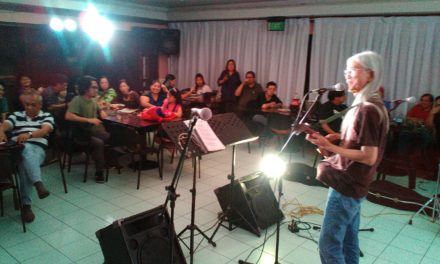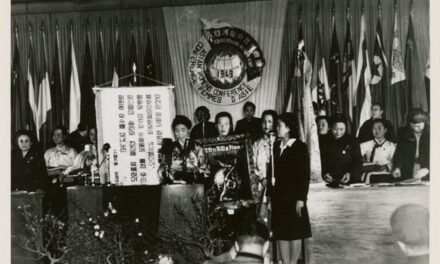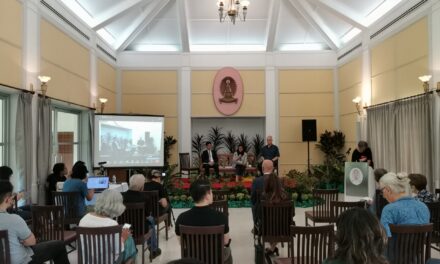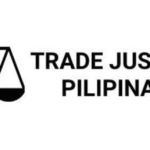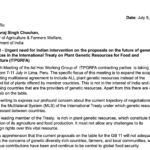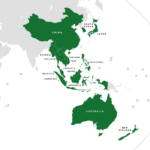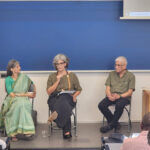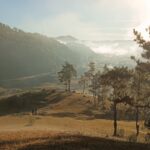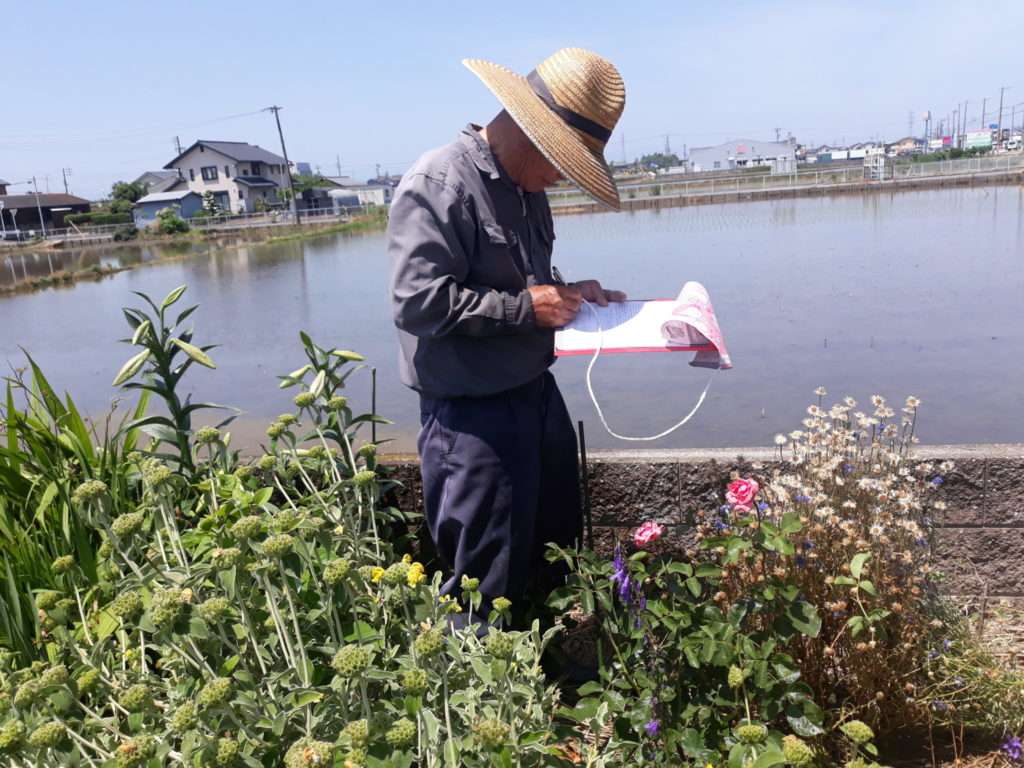
PLANTING SEEDS OF PEACE. A farmer gives his support to the heiwa koshin.
Text and Photos by Galileo de Guzman Castillo
We walked about 25 kilometers from Tokoname to Toukai on the fifth day of the Aichi Peace March. But in my notes from the field today, I want to share two important tasks we do every day.
First, we ask for shomei (signature). Second, we ask for kampa (donation).
In effect, what we do is the trifecta of mobilization: campaign, popular education, and fund-raising.
This is in support of the Hibakusha’s call for a global nuclear disarmament and the international campaign for the total elimination of nuclear weapons. We go from house to house as we march on towards our destination for the day, asking for signatures of support and solidarity contributions for the peace movement. It sounds like an easy task at first but in reality, as I experienced with the shomei and kampa team (or bokin, to literally mean fund-raising/collection of funds), it is actually one of the most difficult duties of a peace marcher. Each day, before the heiwa koshin starts, a group of people is organized to lead the signature and donation drive. While admittedly it is outside of my comfort zone, I always join the team every day as I understand the necessity of the crucial tasks at hand.
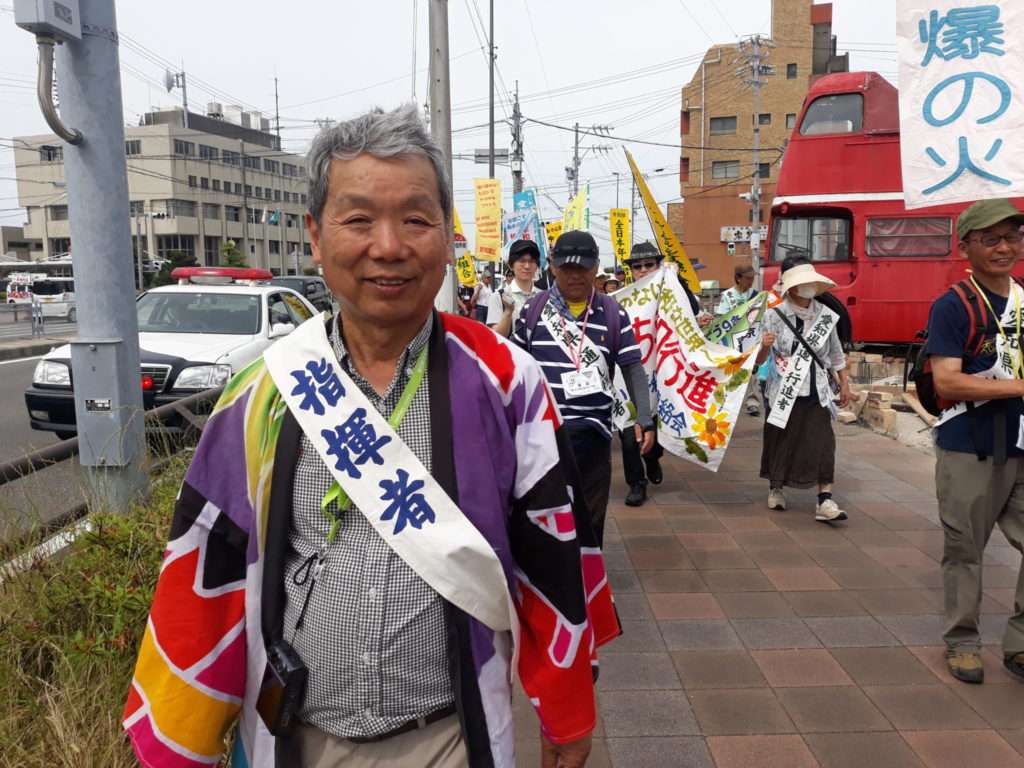
It is therefore but appropriate that I introduce two of my sensei (teachers) who have patiently and generously taught me the ways of shomei and kampa.
Okuba Toshiharu-san (photo above, wearing a Kimono), 67 years old, a former worker at Nippon steel (melting metals) and now a member of a medical cooperative working on geriatric care, is usually the one accompanying and guiding me every day. He has also been my conversation partner to practice my Nihongo.
Takeyo Sato-san (photo below, wearing a hat), 67 years old, a nurse, has also taken good care of me—picking up the conversation with the passersby and homeowners every time I forget my spiel and struggle with my Nihongo.
My lines are:
- Kon’nichiwa! (Hello!)
- Sumimasen (I am sorry.)
- Chotto idesu ka? (May I have a little bit of your time please?)
- Watashi wa Garireo desu. (My name is Galileo.)
- Firipin kara kimashita. (I am from the Philippines.)
- Heiwa koshin desu. (We are the Peace March.)
- Shomei to bokin onegaishimasu. (May I get your signature and donation?)
- Domo arigatougozaimashita (Thank you very much!)
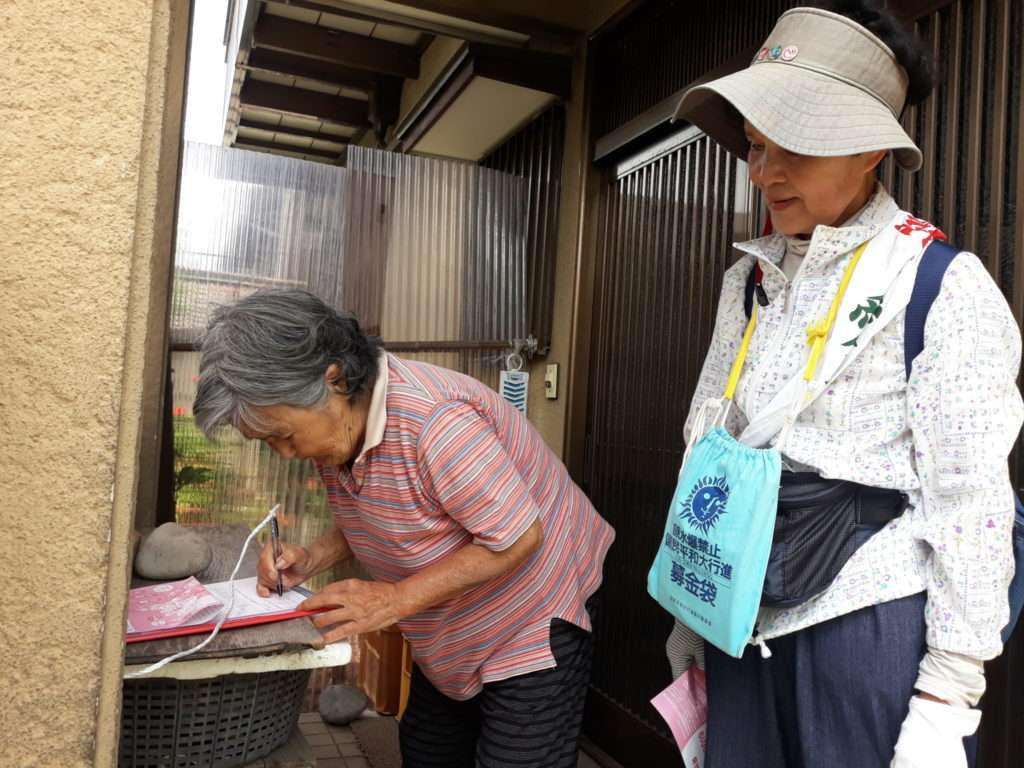
Just to give you a little idea how difficult the task is—about 50% of the time, the conversation already ends at line #1.
At first, I thought that it would be not THAT difficult to get support from the people, considering that the issue of peace, I surmise, is something that is “not controversial” or something that we can all agree that we want to achieve.
When I asked Toshiharu-san why sometimes we meet people who do not want to sign their names into the Hibakusha’s appeal for support, he just said that most of the time they turn away because they do not understand the issue even with our explanation. In retrospect, we get most of the support from the older generation—those who experienced firsthand the Second World War.
Later on, I learned that a deeper consideration is how really open the Japanese people are to “nonconforming” actions like the peace march and other instances where they can outwardly and explicitly speak up about issues. I was left wondering how mobilization strategies like signature campaigns and donations drives would work in an environment like the Philippines.
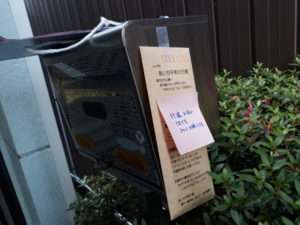
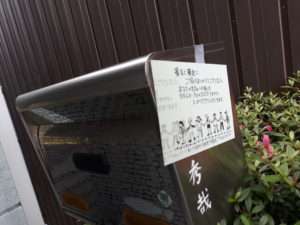
KAMPA ENVELOPE. Top-left: A peace march supporter leaves an envelope with donation and solidarity message in their mailbox; Top-right: Bokin team leaves a thank-you-note for the support; Bottom: Kokusai seinen rirei koshin-sha kampa onegaishimasu! (Donation please for the International Youth Relay Peace Marchers!)
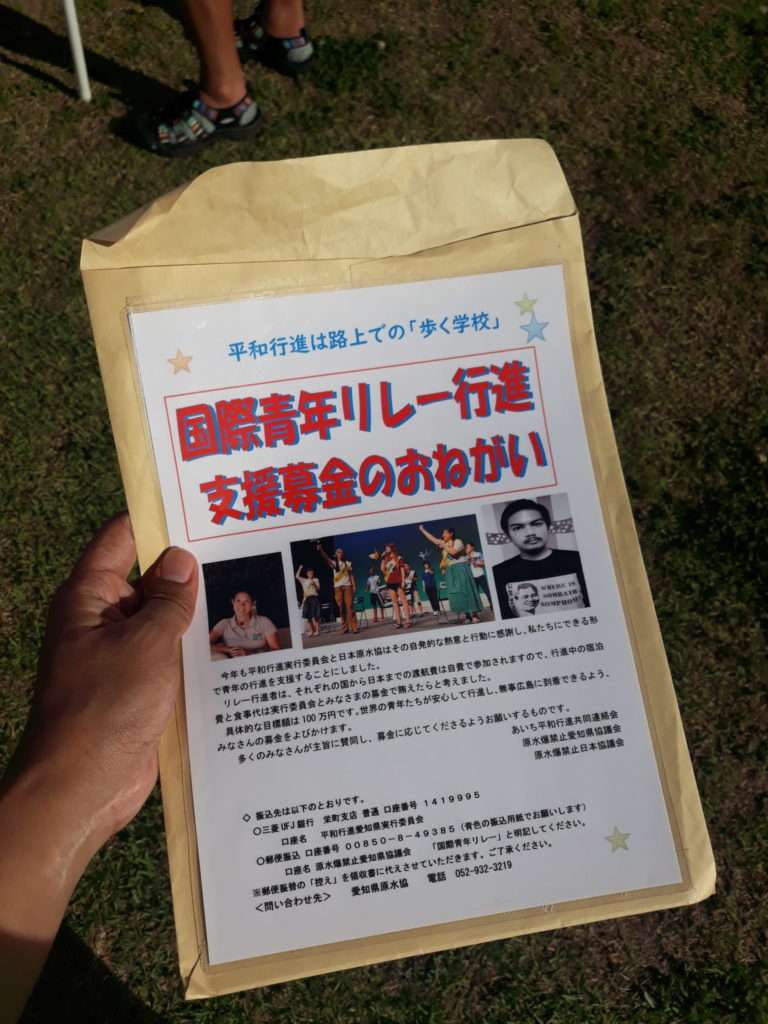
Focus on the Global South’s Galileo de Guzman Castillo from the Philippines is currently in Japan as part of the 2019 International Youth Relay Peace March. Galil’s journey with the Peace March is now on its 13th day.
